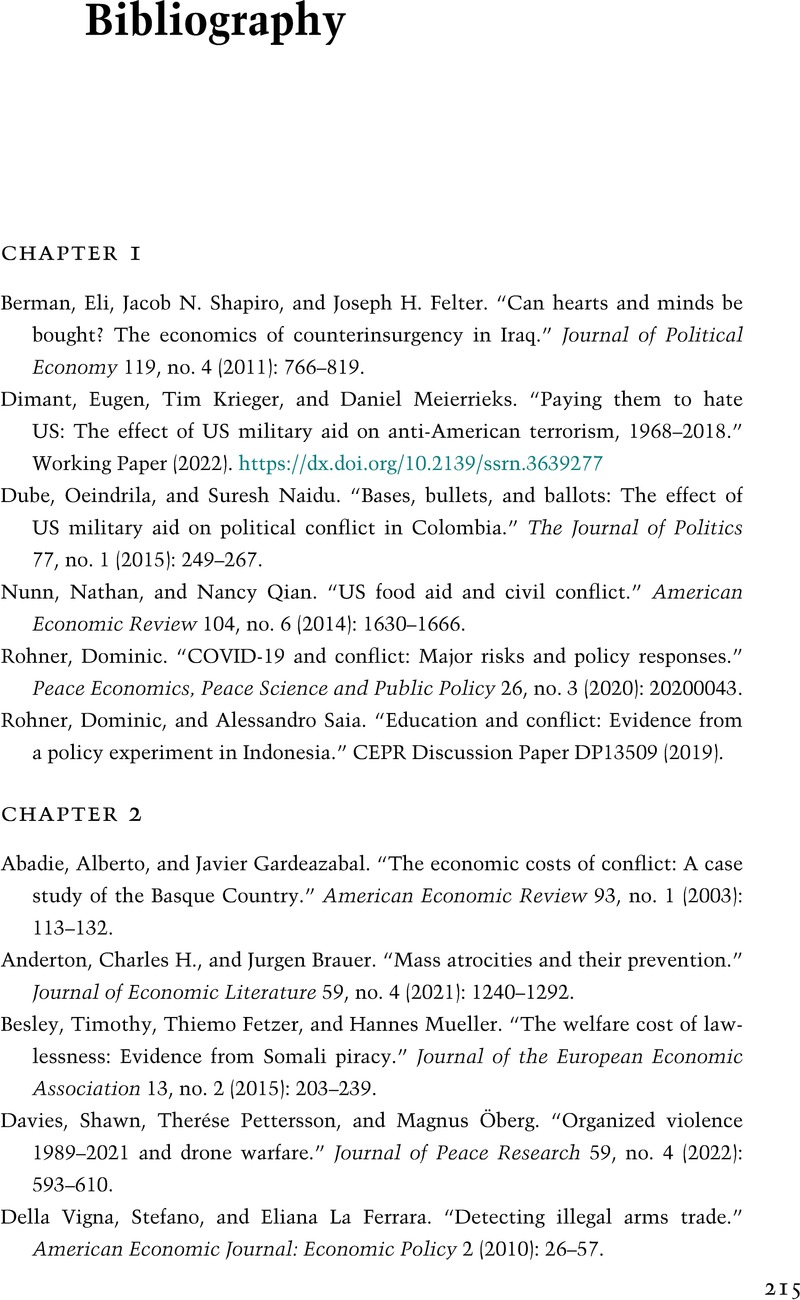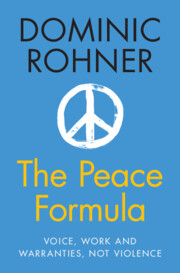Bibliography
Published online by Cambridge University Press: aN Invalid Date NaN
Summary

- Type
- Chapter
- Information
- The Peace FormulaVoice, Work and Warranties, Not Violence, pp. 215 - 225Publisher: Cambridge University PressPrint publication year: 2024



